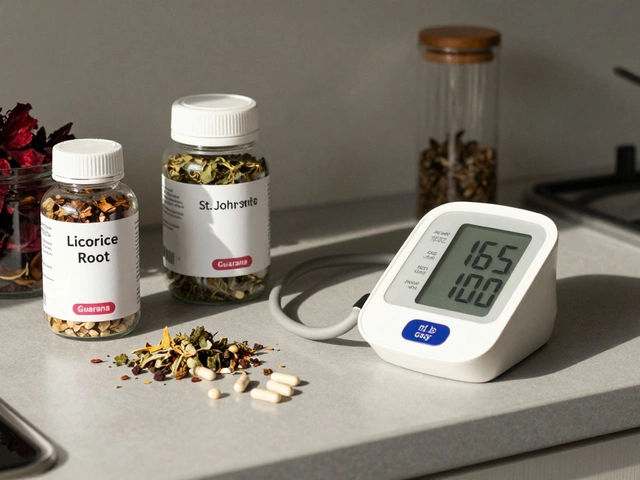Adult ADHD: What It Looks Like and How to Manage It
ADHD isn’t just a kid‑thing. Many adults discover they have it only after years of feeling scattered, fidgety, or chronically late. If you’ve ever wondered why you can’t finish a project, lose track of conversations, or jump from one hobby to another, ADHD might be the hidden driver. Understanding the signs helps you take control instead of letting the condition run the show.
Spotting the Common Signs
In adults, ADHD usually shows up as three main groups of symptoms. First, inattention – you might miss details, forget appointments, or need extra time to finish work. Second, hyper‑focus – the flip side of being easily distracted, where you become so absorbed in a task that you lose track of everything else. Third, impulsivity – acting without thinking, interrupting people, or making quick purchases you later regret. These patterns often affect relationships, job performance, and everyday stress levels.
Getting a Proper Diagnosis
Self‑diagnosing can be risky, so a professional assessment is key. Start by booking an appointment with a psychiatrist, clinical psychologist, or a physician familiar with adult ADHD. They’ll review your medical history, ask about childhood behavior (ADHD usually starts early), and may use rating scales like the ASRS (Adult ADHD Self‑Report Scale). Don’t be surprised if they also screen for anxiety or depression, because those often coexist with ADHD.
Bring any past school reports, work evaluations, or notes on family history. Concrete examples—like “I missed three deadlines in the past month because I got distracted by phone notifications”—make the conversation clearer. A proper diagnosis opens the door to treatment options that are proven to work.
Treatment Options That Really Help
Medication is the most common first‑line treatment. Stimulants such as methylphenidate or amphetamine‑based drugs raise dopamine levels, which improve focus and reduce impulsivity. If stimulants cause side effects, non‑stimulant meds like atomoxetine or guanfacine can be alternatives. Remember, medication isn’t a magic fix; it works best with a supportive routine.
Therapy plays a big role, too. Cognitive‑behavioral therapy (CBT) teaches you how to break tasks into smaller steps, set realistic goals, and manage time better. Coaching specifically for ADHD helps you build personalized systems for organization—think color‑coded calendars, timer‑based work blocks, and “do‑not‑disturb” periods.
Everyday Hacks to Keep You on Track
Here are a few low‑effort tricks you can try right now:
- Use the 2‑minute rule: If a task takes less than two minutes, do it immediately. It prevents small chores from piling up.
- Set up visual cues: Sticky notes on the fridge, phone alarms, and a dedicated workspace signal what you need to do next.
- Break work into 25‑minute chunks: The Pomodoro technique creates short, focused bursts followed by a 5‑minute break, which keeps the brain from drifting.
- Limit multitasking: Close unnecessary tabs, put your phone on silent, and focus on one thing at a time. Multitasking actually slows you down.
- Exercise regularly: A quick walk or short workout boosts dopamine, improves mood, and sharpens attention.
Combine these habits with professional guidance and you’ll notice a steadier rhythm in daily life.
Adult ADHD can feel overwhelming, but it’s manageable with the right tools. Recognize the signs, seek an accurate diagnosis, and experiment with medication, therapy, and practical strategies. With a bit of structure and support, you can turn the scattered energy of ADHD into a focused, productive force.






